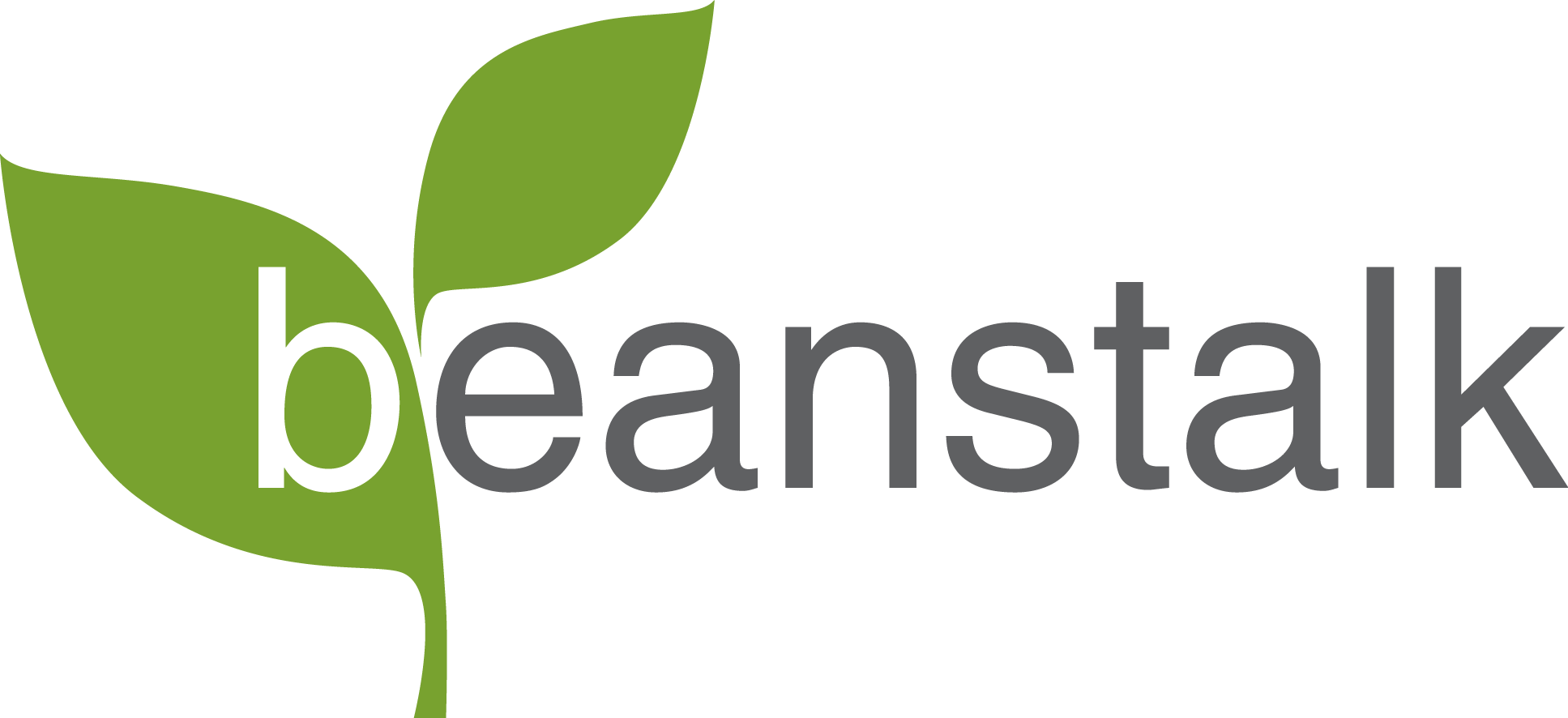Cannabis and the Branding Challenge: It’s Not Just About Legalization, It’s About Normalization
October 29, 2019 | By: Allison Ames, President and CEO of Beanstalk
There’s no doubt that we are in the midst of a green rush: By 2022, sales of legal cannabis are expected to surpass $20 billion. And sales of CBD (short for cannabidiol, it’s the non-psychoactive ingredient in cannabis and hemp versus THC, the psychoactive ingredient) products grew by 57% last year alone. This year, three out of four U.S. chefs identified cannabis-infused food as a strong trend. According to surveys, members of Gen Z view cannabis as healthier than alcohol.
We are quite literally witnessing the creation of a new industry – one that, today, is building itself for the future.
Despite this, it’s also an industry in tremendous flux. Federal and legal regulations are ever-changing; a flurry of cannabis, CBD and hemp brands are popping up all over the place; and consumers are, quite simply, confused. For example, while almost half of U.S. consumers are familiar with CBD, 38% aren’t sure what the ingredient is, and many are likely confused or unaware of the science and legality behind it. In fact, CBD, even though it doesn’t contain THC (the psychoactive ingredient in cannabis), is still illegal at the federal level. This is definitely not a case of “if you grow it, they will come.”
So, how can brands come out ahead, specifically in a market that’s going to be vastly different 10 years from now? It all boils down to education and trust. Brands and other stakeholders have to understand consumer needs, market gaps, regulations – but, most important, they need to understand how to build consumer trust through transparent and educational marketing. Product ingredients, features, dosage amounts , which products fill what needs – these are all still very confusing to most consumers, so education is key.
In essence: This is just as much about normalization as it is about legalization.
Up until recently, celebrities, like Willie Nelson (with Willie’s Reserve) and Snoop Dogg (Leafs by Snoop), were the first to attach their names to cannabis-related brands and products, since no national and recognizable brands were yet able to play that role. Interestingly, celebrity brands were mostly built on passion and instinct – and not on market gaps and consumer needs. They also have generally come forth with THC-driven products (both recreational and medical), even though it’s the smallest segment of the total legal cannabis market – for now.
And while celebrities are continuing to develop their own brands, they’ve been shifting their focus to health and wellness. Whoopi Goldberg and Maya are coming out with herbal medical THC- and CBD-infused products, NFL Hall of Famer Terrell Davis with sports drinks and even Cesar Milan and Martha Stewart with CBD pet products. When you think about health and wellness as a $4.3 trillion category, this makes a lot of sense.
But, most importantly, the wellness segment of CBD products (remember, without THC) will certainly take over and diminish the “stoner” and “pothead” legacy, and change the way consumers think about and accept cannabis.
Retailers, of course, know that cannabis is poised to disrupt virtually every consumer category and industry. But, the retail experience is very inconsistent at the moment. Some mainstream retailers, like CVS and American Eagle, have a few CBD products, mostly for topical use, in their aisles but don’t do any point-of-sale education or marketing. Seventh Sense CBD shops are launching in malls and surpassed 50 shops in four months, with plans to have over 200 shops in operation by the end of 2019. Amazon and Walmart have chosen not to enter the market with CBD products yet, but they do carry products with hemp. With THC products, retail ranges from Mom & Pop dispensaries that often look and feel like a headshop to megastore dispensary Planet 13 in Las Vegas, which has dedicated budtenders that help customers find – and understand – what they’re looking for.
Again, this comes back around to education and trust. Retailers that can approach merchandising in this way – and demystify cannabis, CBD and hemp products for consumers – will win. The role of the “budtender” in an industry that has too many options, not enough iconic brands and a lot of bewildered consumers is critical. Specialty retailers, with contemporary environments and helpful service, can do this. But can major retailers accomplish the same? Can packaging, point-of-sale materials and signage authentically convey the educational story that consumers are seeking? Time will tell.
As cannabis continues to go mainstream, bigger name brands will increasingly crowd into the space. As states continue to legalize use, companies will turn to branding, design, aesthetics, licensing and other powerful marketing tools to differentiate themselves and ensure that cannabis is not seen solely as a commodity, but as an elevated experience. Many brands will begin entering the space by extending into related, close-to-core categories that can build brand value and increase consumer awareness and touchpoints. For example, the mattress brand Casper has partnered with Plus Partners, a CBD gummy manufacturer, to launch a line of CBD gummies that help foster sleep.
We’re still in the early days of the cannabis industry, and the market is going to be very different down the road. It’s already changed in the past few years, and has become more and more sophisticated. Consolidation, with fewer category winners, is almost a certainty. In 10 years, today will look like the Stone Age, with cannabis brands that have become household names another certainty. Whoever understands and properly executes all of the tactical steps to build a cannabis brand will be here for the long term.
